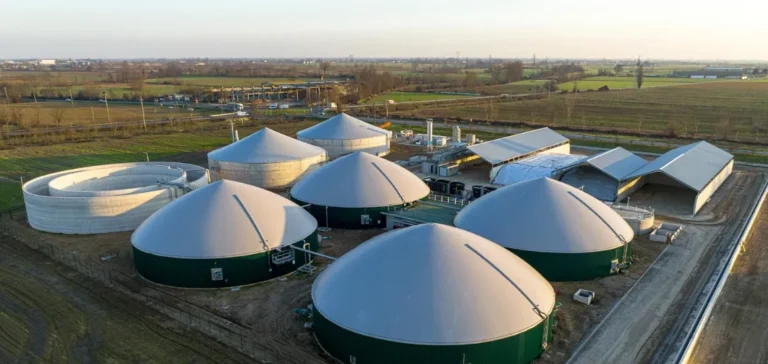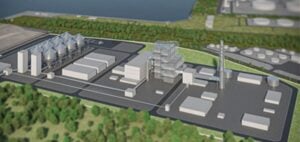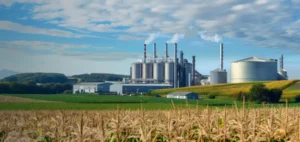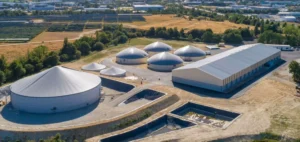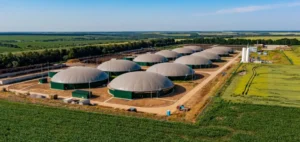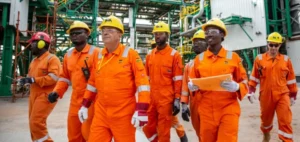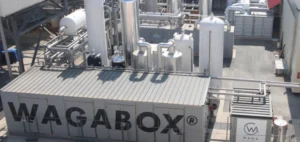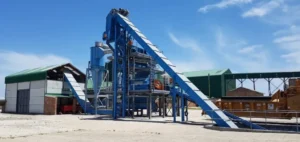The North American renewable natural gas (RNG) market has recorded growth of 35% since 2023, reaching a total capacity of 534 million cubic feet per day (mmcfd) by the end of 2024, according to a Wood Mackenzie report titled “Biomethane (RNG) market report: North America”. The study forecasts an additional increase of 70 mmcfd during 2025, reaching 604 mmcfd. Currently, more than half of the biomethane produced in this market is consumed by the transportation sector.
US dominance and Canadian interest
Among US states, Texas leads with a production of 73 mmcfd, followed by Pennsylvania (55 mmcfd) and Ohio (44 mmcfd). Canada currently represents total activity of 46 mmcfd. Since 2023, several significant merger and acquisition activities have marked this sector, notably Enbridge’s acquisition of Morrow Renewables for USD 1.2 billion, as well as substantial investments from Ares, Goldman Sachs, and Stonepeak, including an injection of USD 400 million into Clean Energy Fuels. Other companies such as Vitol, Apollo, TotalEnergies (in partnership with Vanguard), and Sagepoint Energy have also participated in strategic asset acquisitions in this area.
High project costs and crucial fiscal support
Despite this rapid expansion, Wood Mackenzie notes in its report that project development costs remain notably high. Natalia Patterson, senior analyst at Wood Mackenzie, stated: “High costs will remain an obstacle for new participants wishing to enter this market. Extended tax incentives will therefore be essential for the continued expansion of this sector.”
She also stressed that the sector’s future will largely depend on clarifications regarding federal subsidies and a more diversified demand base. Currently focused on transportation, diversification towards voluntary markets, driven by corporate and utility decarbonisation goals, could prove decisive.
Long-term outlook and challenges
North America’s biomethane potential capacity could reach up to 7.8 billion cubic feet per day (bcfd) by 2050, according to the report’s projections. Ms Patterson noted that rapid clarification on state policy strategies could also stabilise prices for environmental attributes (EAs) and reinforce investor confidence in the long term.
The report highlights that states are gradually adopting biomethane in their energy strategies, directly influencing the future structure of this market. Visibility on regulatory guidelines and fiscal incentives will be critical in the coming years for all stakeholders.


